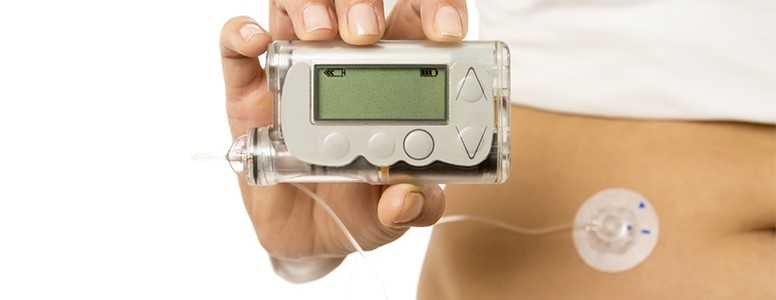An insulin pump with a predictive low blood glucose suspend feature has led to a marked reduction in hypos among children and teens with type 1 diabetes.
The “suspend before low” technology the insulin pump is equipped with consists of a built-in algorithm that automatically suspends insulin delivery if blood glucose levels are predicted to fall.
This type of algorithm has proven effective at safely preventing nocturnal hypoglycemia in previous short-term research within the hospital setting. Longer studies of suspend before low pumps were however lacking.
The new study, conducted by researchers at the University of Western Australia, involved 154 children and teens who wore the Medtronic MiniMed 640G pump with the suspend on low/before low system enabled or disabled (control group) for six months.
The pump was combined with the use of continuous glucose monitoring (CGM) data to predict and prevent hypos. The study tested whether there was a greater decrease in CGM values below 3.5 mmol/L (63 mg/dL) when using the suspend before low feature.
Before beginning the study, all youngsters and their parents filled out questionnaires assessing their fear of hypoglycemia and overall quality of life.
It was shown over the study period that using the pump with the suspend before low feature reduced the likelihood and duration of hypos.
There was a greater reduction in the time spent below 3.5 mmol/L (2.8% to 1.4%) through the day and night compared with the sensor-augmented pump (3% to 2.6%), and the group using the algorithm-augmented pump had fewer hypos (139 vs. 227).
After six months, participants who had been using the suspend before low feature only spent 20 minutes in hypo range per day while those on the standard pump spent an average of 38 minutes in hypo range.
In addition to this, fewer participants on the enhanced Medtronic pump had impaired hypo awareness by the end of the study.
The results also indicated that neither group experienced a significant change in their HbA1c levels and that there were no complications with the use of the algorithm-enhanced pump.
Despite being more efficient at reducing hypos, the pump with the suspend before low technology has had no impact on the quality of life of participants or their fear of hypos within the study.
Overall, these findings suggest that insulin pumps that are programmed to suspend insulin delivery in response to expected low blood sugars may be a good option for reducing hypos in young type 1s with poor glucose control and/or hypo unawareness.
The results were published in the journal Diabetes Care.
What's new on the forum? ⭐️
Get our free newsletters
Stay up to date with the latest news, research and breakthroughs.





